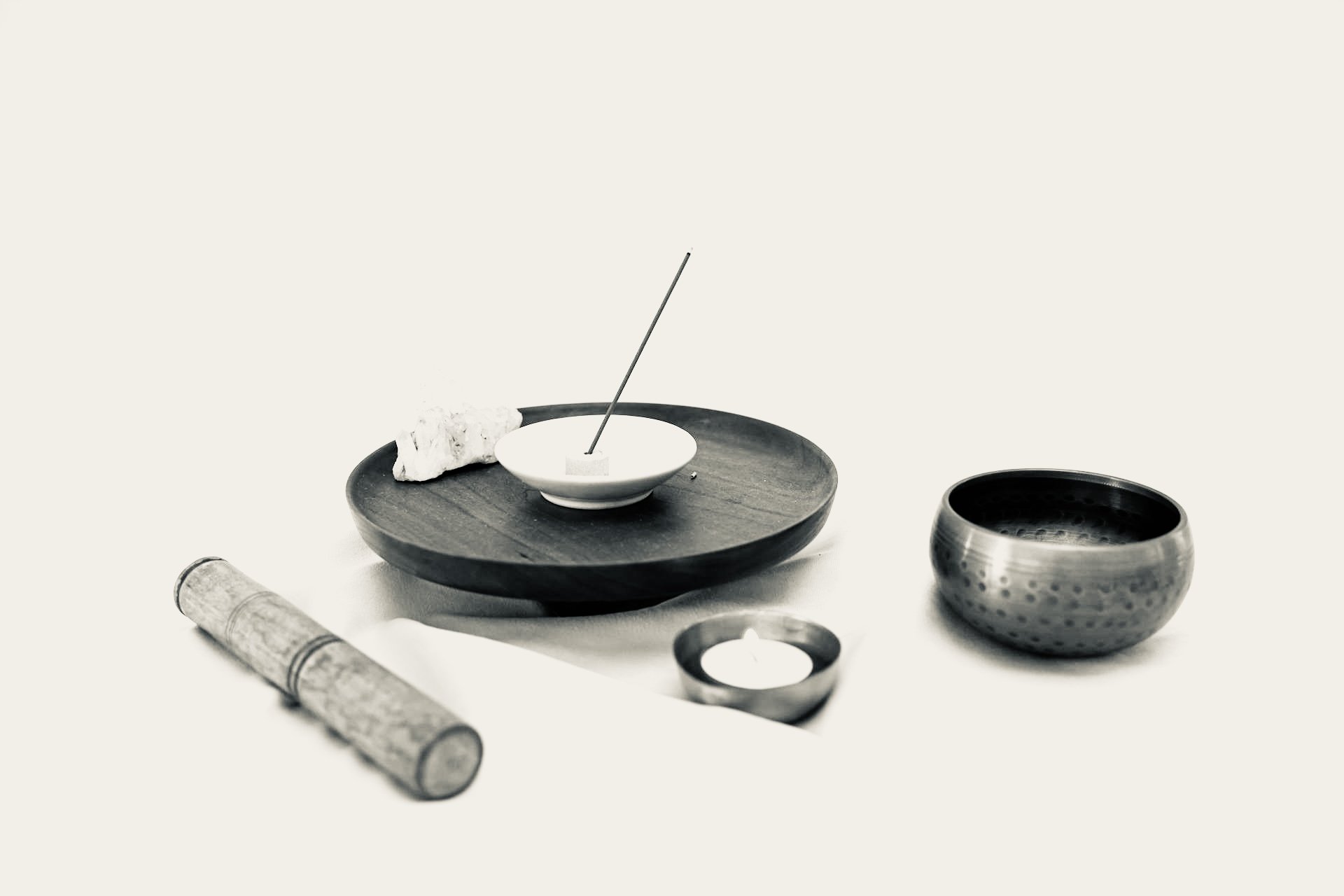Acupuncture
Acupuncture involves inserting very fine needles into specific points to balance a person’s qi (vital energy or life force). Similarly, moxibustion can be used to warm and stimulate points and channels to balance and regulate the flow of qi.
Acupuncture has been used for thousands of years. This ancient medicine is based on the understanding that qi flows through channels or meridians in the body and that health is achieved by restoring balance to these channels. In western medical terms, stimulating acupuncture points stimulates blood flow, the nervous system, muscles and connective tissue.


Five element acupuncture
Five element acupuncture uses the five elements of nature- fire, earth, metal, water & wood- to diagnose and treat illness. The theory recognises that imbalances in the elements can cause illness and focuses on the interconnected nature of the five elements and how they relate to different organs, emotions and aspects of the human body and spirit.
Classical acupuncture
Classical acupuncture is an ancient Chinese medicine practice that uses channel theory to treat different levels of the body. Classical acupuncture uses 62 channels or meridians (while TCM uses 12) and also utilises divergent, luo and sinew meridians.
Classical Chinese medicine is based on naturalist philosophy (Daoism, Confucianism). It is almost alchemical and epitomises the art of Chinese medicine.
Traditional Chinese medicine (TCM)
Traditional Chinese medicine is based on the theory that health is achieved by maintaining balance between opposing forces in the body; yin and yang. Treatment restores balance by strengthening aspects of yin or yang, or by subduing them. TCM recognises patterns in signs and symptoms. These patterns are used to diagnose illness and inform treatment.